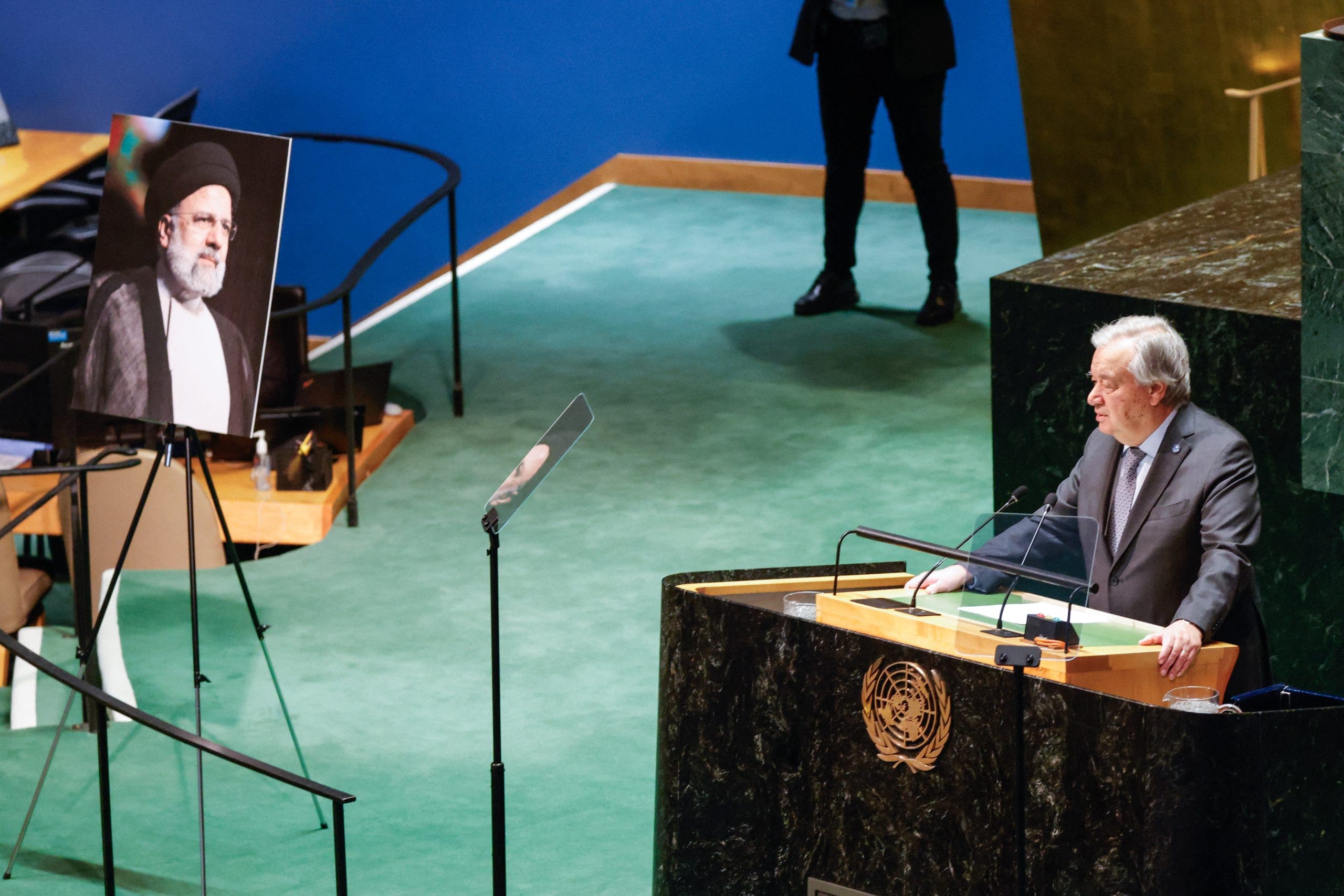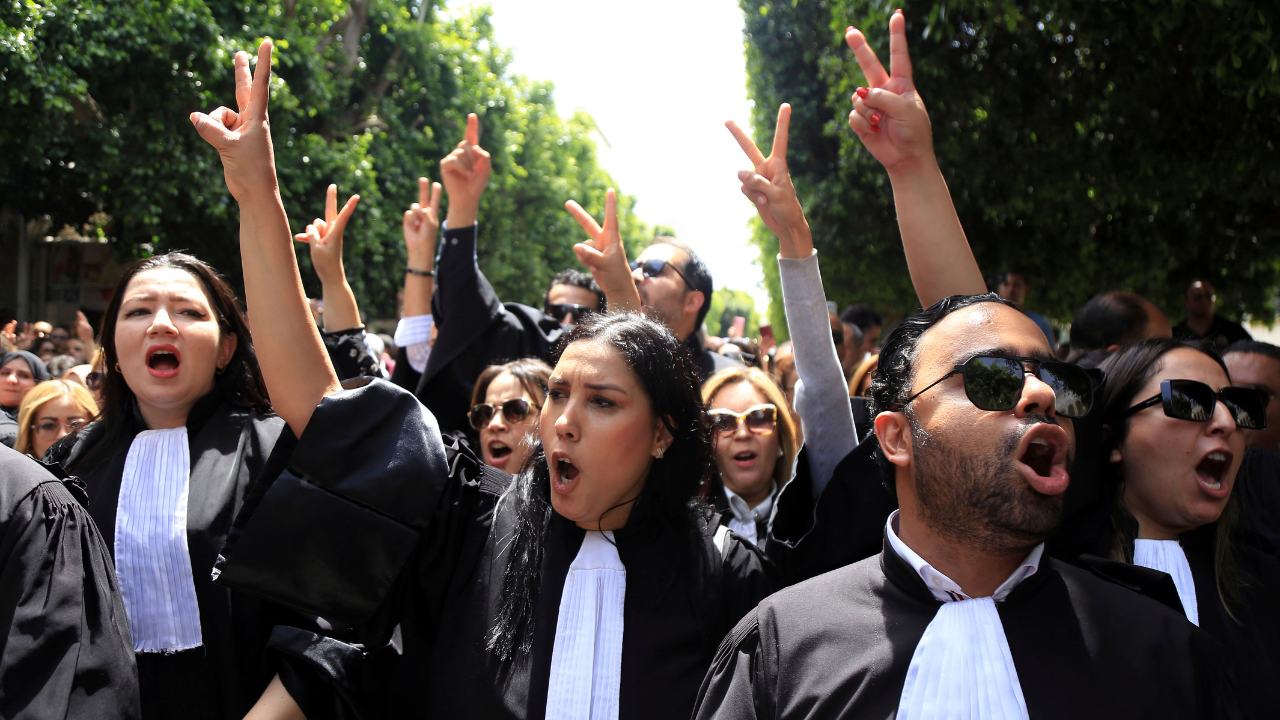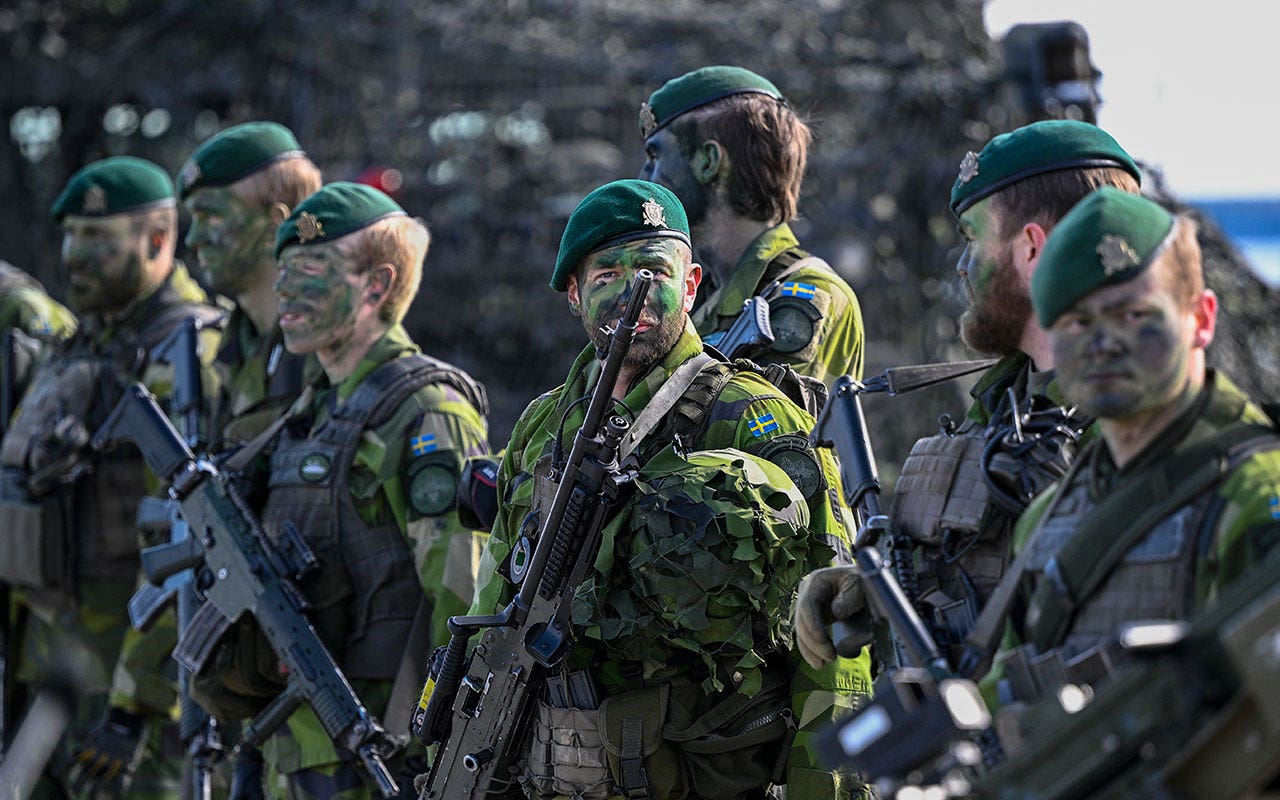The Israeli military’s mission to rescue four hostages was a rare operation that required weeks of planning, and was given the final go-ahead just a few minutes before it commenced on Saturday morning, according to Israeli officials.
Israeli special forces, backed by the military, intelligence and air force, raided two buildings several hundred feet apart in a civilian neighborhood in Nuseirat in central Gaza. They brought home the four hostages — Noa Argamani, 26; Almog Meir Jan, 22; Andrey Kozlov, 27; and Shlomi Ziv, 41 — alive and in good medical condition. One police officer, part of the force that led the raid, was killed.
Scores of Palestinians, including women and children, were killed during the rescue operation, according to local Gaza health officials. The Israeli military said it had targeted militants who had threatened its forces as they sought to extract the hostages. Neither the Israeli military nor Palestinian health officials provided a breakdown of civilians and combatants killed in the raid.
Israeli troops have swept through much of Gaza since their ground invasion began in late October. But they have managed to rescue only seven living hostages in three separate military operations, with roughly 120 captives remaining in Gaza. Several proposed rescue missions did not go forward for fear that the hostages or the forces would die in the process, according to two Israeli defense officials, who spoke on condition of anonymity to discuss the sensitive operation.
In December, Israeli special forces tried to rescue a hostage from Hamas captivity, according to the two defense officials. Sahar Baruch, an Israeli hostage, was killed during the exchange of fire and two Israeli officers were seriously wounded.
According to one of the defense officials, Israeli intelligence first learned that Ms. Argamani was being held in an aboveground building near the market area of Nuseirat. More information received later indicated that three other hostages were in another building in the same section, the official added.
Rear Adm. Daniel Hagari, Israel’s military spokesman, said Israeli officers had worked for weeks to assemble the necessary pieces for the mission. Israeli soldiers trained intensively based on models of the buildings where the hostages were believed to be held, he added.
“This was a mission in the heart of a civilian neighborhood, where Hamas had intentionally hidden among homes where there were civilians and armed militants guarding the hostages,” Admiral Hagari said. “And we must act in a way that brings those hostages home alive.”
Over the past three weeks, there were several occasions when it seemed possible to carry out the operation, but all of the attempts were canceled, before Israeli forces were set to launch the mission, the two Israeli defense officials said.
On Thursday, Prime Minister Benjamin Netanyahu of Israel and Yoav Gallant, the Israeli defense minister, met with senior defense officials again to discuss the operation’s risks and the possible scenarios, said a third Israeli official, who spoke on condition of anonymity.
The country’s leaders greenlit the rescue mission that night, the official said. But it still stood a chance of being canceled at the last minute, Admiral Hagari said.
On Saturday morning, Herzi Halevi, the military’s chief of staff, and Ronen Bar, the director of Israel’s Shin Bet intelligence service, both gave the final go-ahead just a few minutes before the operation started around 11 a.m., Admiral Hagari said.
He added that they chose to move in the daylight, bearing down on the two building in Nuseirat, in an attempt to catch Hamas off guard since the armed group might expect such an operation to take place at night.
The raid started simultaneously in both buildings, where the hostages were in locked rooms surrounded by armed guards, Admiral Hagari said. In one building — where Ms. Argamani was being held — the officers managed to take her Hamas captors by surprise, he said. In the other, Israeli forces engaged in a difficult firefight before reaching the remaining three hostages, he added.
As they recovered the captives, the officers announced by radio that “the diamonds are in our hands,” using an assigned code word, Admiral Hagari said.
They exited the buildings with Hamas militants shooting at them and firing rocket-propelled grenades, Admiral Hagari said. The officers shielded the hostages with their bodies to try to protect them, and Israeli aircraft struck in and around the area, targeting the militants, he added.
Khalil Daqran, a local official at Al-Aqsa Martyrs Hospital in Deir al Balah, told reporters that many Palestinians were killed and wounded during strikes near the Nuseirat market, which he said had been packed with passers-by.
Admiral Hagari said that he had been told the military was aware of Palestinian casualties resulting from the operation, and that he could not confirm how many were militants. He added that Hamas had sought to fire at Israeli forces from behind civilians.
He added that “the cynical way that Hamas is using the population also to fire at our forces” was “tragic.”
The hostages were taken by car to two awaiting helicopters, Admiral Hagari said. One carried Ms. Argamani, and the special forces officers. The second ferried the three remaining hostages and an injured police commander, who would later die from his wounds.
Around 1:30 p.m., the Israeli government announced that the four hostages were home.






